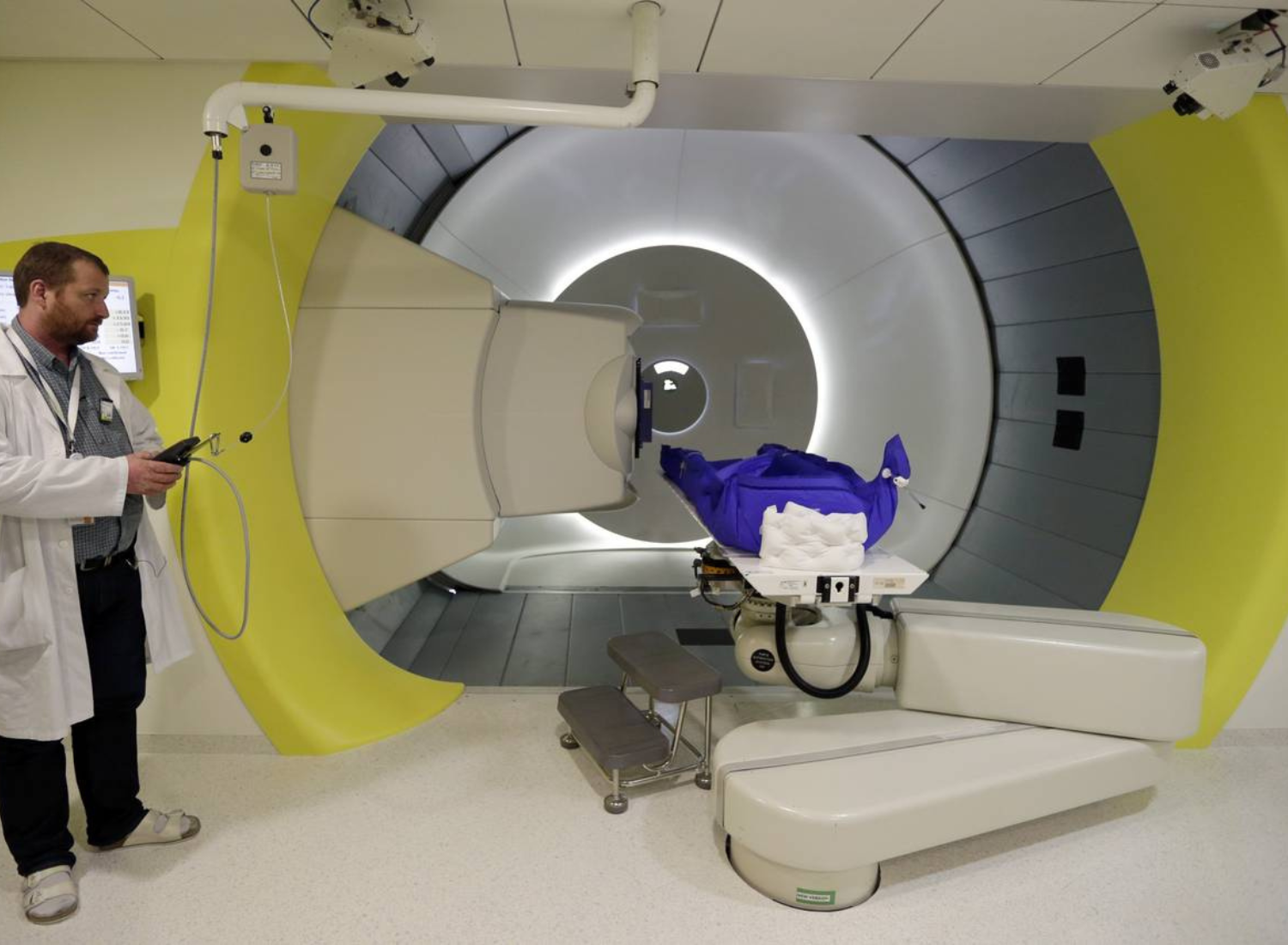The Benefits of Proton Beam Therapy for Treating Cancer

In the battle against cancer, medical science has continually pushed the boundaries of innovation to enhance treatment outcomes and improve patients’ quality of life. One such breakthrough is proton beam therapy (PBT), a cutting-edge radiation therapy technique that offers remarkable advantages over conventional treatments. This article explores the transformative benefits of this revolutionary approach to cancer treatment.
Precise Targeting, Maximum Effectiveness
Proton beam therapy utilises high-energy protons to precisely target cancer cells while minimising damage to surrounding healthy tissues. Unlike traditional radiation therapies, which use X-rays or photons, proton beams can be precisely controlled to deposit their maximum energy exactly at the tumour site, sparing the healthy tissues beyond. This precision allows for the delivery of higher doses of radiation to the tumour, increasing treatment effectiveness.
Reduced Side Effects
The ability of proton beams to target cancer cells with pinpoint accuracy translates into a reduced risk of side effects compared to conventional radiation therapy. Traditional treatments often expose healthy tissues near the tumour to unnecessary radiation, leading to potential complications and long-term damage. Proton beam therapy mitigates this risk by minimising radiation exposure to healthy tissues, resulting in significantly fewer side effects such as fatigue, nausea, and organ damage.
Enhanced Safety for Pediatric Patients
Children undergoing cancer treatment face unique challenges due to their developing bodies. Proton beam therapy has emerged as an invaluable tool in pediatric oncology due to its exceptional precision and reduced toxicity. By minimising radiation exposure to growing organs and tissues, this therapy allows young patients to receive the most effective treatment while reducing the risk of long-term side effects. This makes it particularly beneficial for treating pediatric cancers, offering new hope to children and their families.
Greater Accessibility
Previously, accessing proton beam therapy was limited to a few specialised centres. However, with technological advancements and increased availability, more medical facilities are adopting this groundbreaking treatment worldwide. This expanded accessibility allows patients to benefit from the advantages of proton beam therapy without the need for extensive travel or relocation, making it a viable choice for a broader range of individuals facing cancer.
Effective for Complex and Hard-to-Treat Tumours
Proton beam therapy treats complex and hard-to-reach tumours near critical structures or sensitive organs. Its ability to deliver radiation with superior accuracy enables physicians to target tumours in challenging locations while minimising damage to surrounding vital tissues. This makes it an ideal choice for tumours near the spinal cord, brain, prostate, and other areas where preserving organ function and minimising complications is paramount.
Reduced Risk of Secondary Cancers
One of the long-term concerns associated with radiation therapy is the risk of developing secondary cancers due to radiation exposure. Proton beam therapy reduces the risk of secondary cancers compared to traditional radiation treatments. Limiting radiation to the tumour site and sparing healthy tissues significantly lowers the likelihood of genetic mutations and the development of new cancerous cells in the future. This added advantage contributes to the overall long-term well-being of cancer survivors.
Conclusion
Proton beam therapy represents a revolutionary leap forward in cancer treatment, offering a range of benefits that enrich patient outcomes and quality of life. Its exceptional precision, reduced side effects, enhanced safety for pediatric patients, greater accessibility, effectiveness for complex tumours, and lower risk of secondary cancers make it a formidable weapon in combatting cancer. As medical technology advances, proton beam therapy promises to become a standard treatment option, providing hope and healing for countless individuals battling this devastating disease.



